- EasyCard
- Trade
- Help
- Announcement
- Academy
- SWIFT Code
- Iban Number
- Referral
- Customer Service
- Blog
- Creator
Still Waiting for Cross-Border Payments? Saying Goodbye to Delays Is Simple
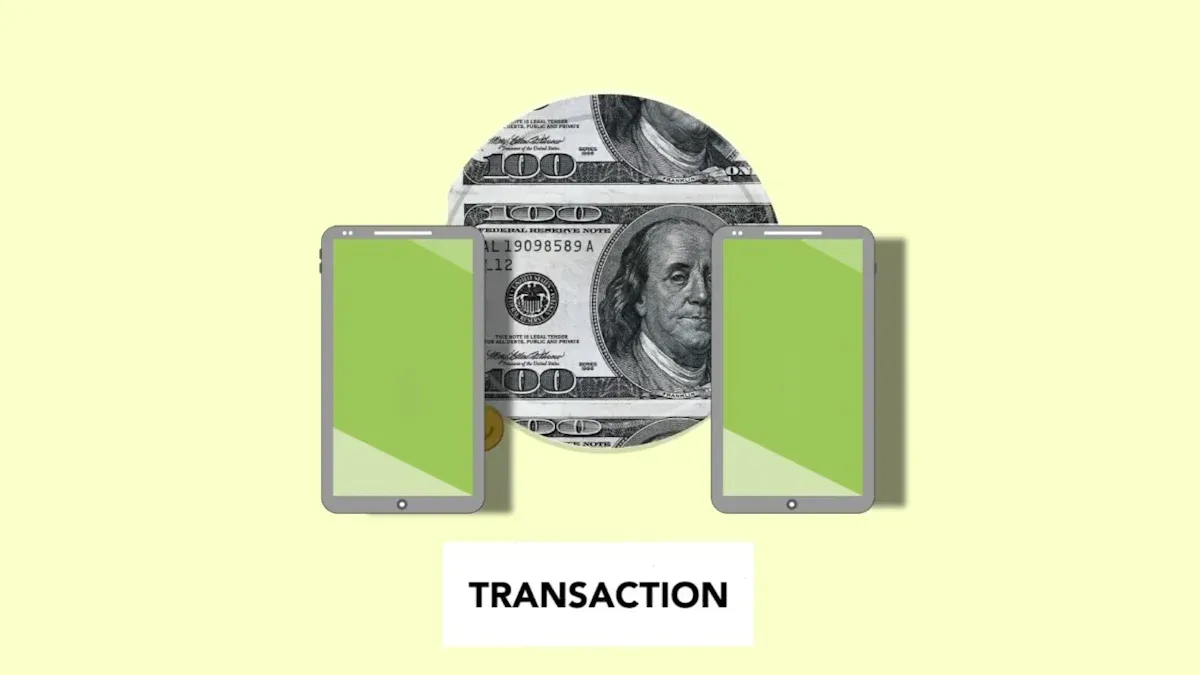
Image Source: pexels
Are you still troubled by the long waits for cross-border payments? Fund delays and opaque processes are common challenges faced by many businesses.
A study shows that businesses on average need to wait 33 days to receive a cross-border payment, while 47% of SMEs have complained about lack of transparency in settlement times.
Actually, achieving fast fund arrivals is not difficult. Behind this relies on a series of mature fintech supports that can effectively optimize your fund flow efficiency.
Key Points
- Direct connection to local clearing networks makes cross-border payments faster, just like local transfers.
- Intelligent routing technology helps funds choose the best path, balancing speed and cost.
- API automation integration makes payment processes smoother, reducing manual operations.
- Blockchain technology is changing payment methods, achieving faster global settlements.
- Choosing technologically advanced payment providers can help businesses save costs and improve efficiency.
Technology One: Direct Connection to Local Clearing Networks
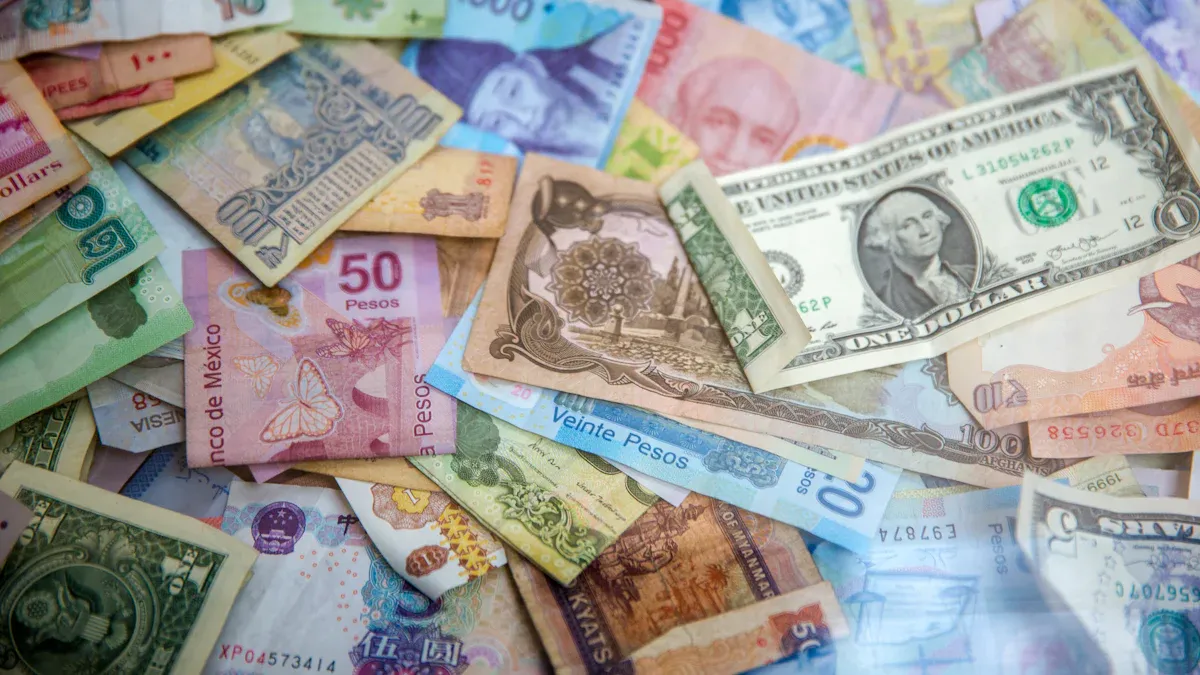
Image Source: unsplash
The traditional cross-border payment model is like a long international relay race. Your funds need to pass through the SWIFT network, among multiple “intermediary banks”, with each stop potentially causing delays and handling fees. Direct connection to local clearing networks opens a fast lane straight to the destination for you.
Principle: Bypassing Traditional Intermediary Banks
The core of this technology is to “disguise” your cross-border payment as a local transfer. Advanced payment providers directly access the local clearing systems of the target country or region through API interfaces, such as:
- SEPA (Single Euro Payments Area): Covers 36 countries in Europe.
- ACH (Automated Clearing House): The main payment network in the United States.
- FPS (Faster Payment System): Hong Kong’s fast payment system.
By pre-setting fund pools in major global markets, when you initiate a payment, the provider directly pays the recipient from its local account in the target country. This process bypasses the complex international intermediary bank network, transforming an international transaction into an efficient local transaction.
Professional Perspective: Direct Connection Is Not Easy
Establishing stable and efficient direct connection channels requires payment providers to have strong technical capabilities to address challenges of different clearing networks, including:
- Following each channel’s unique message standards (such as ISO 20022).
- Meeting strict certification and security testing requirements.
- Handling different settlement and reconciliation cycles.
- Ensuring continuous compliance and security monitoring.
Advantages: Achieving Minute-Level Arrivals
The most direct benefit of bypassing intermediary banks is optimization of speed and cost. You no longer need to pay “toll fees” for each handling bank, and funds do not need to wait in long chains.
| Payment Method | Traditional SWIFT Network | Direct Local Clearing Network (e.g., SEPA Instant) |
|---|---|---|
| Processing Time | 1-5 business days | Near real-time, usually within minutes |
| Process | Passes through multiple banks | Point-to-point, similar to local transfer |
| Transparency | Low, hard to track | High, status real-time queryable |
A typical case is the “Cross-Border Payment Link” connecting mainland China and Hong Kong. It connects the fast payment systems (FPS) of both places, allowing businesses and individuals to complete fund exchanges near real-time, greatly improving fund circulation efficiency in the Greater Bay Area. This is the embodiment of the huge value created by direct local network technology in practical applications.
Technology Two: Optimizing Cross-Border Payment Paths: Intelligent Routing and Fund Management
If direct local networks build a highway for your funds, intelligent routing technology equips your funds with a 24/7 intelligent navigation system (GPS). It analyzes all feasible paths in real-time, ensuring every payment chooses the optimal route.
Principle: Global Fund Pools and Algorithm Optimization
This technology relies on two pillars: global fund pools and intelligent routing algorithms.
- Global Fund Pools (Global Liquidity Pools): Excellent payment providers pre-deposit large amounts of funds in major global markets, forming a connected fund network. When you need to pay to the US, the provider does not remit from China but directly uses funds in its US pool to complete the payment.
- Intelligent Routing Algorithm: This is the decision brain. Whenever you initiate a transaction, the algorithm instantly analyzes multiple variables like a shrewd commander:
- Transaction Information: Payment amount, currency type, recipient location.
- Cost Factors: Different payment channels’ real-time exchange rates and handling fees.
- Network Performance: Historical success rates, processing speeds, and current availability of various channels.
How Does It Work?
The algorithm calculates a path with the lowest overall cost and fastest speed based on this data. If the preferred path is congested or fails, the system automatically switches to the next best route, the entire process without manual intervention, ensuring smooth payments.
Advantages: Balancing Speed and Cost-Effectiveness
The greatest advantage of intelligent routing is that it no longer forces you to “choose one,” but achieves a perfect balance of speed and cost. It dynamically finds the best solution for each transaction.
| Feature | Traditional Fixed Path | Intelligent Dynamic Routing |
|---|---|---|
| Path Selection | Static, ignores network conditions | Dynamic, real-time evaluates delay, fees, and success rates |
| Cost Consideration | Cannot sense real-time fee changes | Automatically monitors transaction costs, chooses most cost-effective path |
| Failure Handling | Manual retry after failure | Automatically switches backup paths, improves success rate |
In this way, businesses can not only greatly improve fund turnover efficiency but also significantly reduce transaction costs. For example, modern payment providers like Biyapay use such technology to provide small and micro enterprises with low-fee, as fast as 5-minute arrival small remittance services. By intelligently optimizing every cross-border payment, they help businesses reduce potentially tens of thousands of dollars in operational and transaction costs to a minimum, allowing focus on business growth.
Technology Three: API Automation Integration
If the first two technologies lay a global payment highway for you, API (Application Programming Interface) is the “exclusive ramp” directly connecting your business systems (such as ERP, e-commerce sites) to this highway. It makes payment no longer an isolated link but a seamless part of your business processes.
Principle: Seamless Embedding of Payment Functions
The essence of API is a set of preset rules and tools that allow different software systems to securely communicate and exchange data. In payments, it acts as a bridge between your business platform and the payment provider.
By integrating payment APIs, you can directly embed complex payment functions into your own user interface. Customers complete payments within your website or app without jumping to third-party pages, thereby significantly reducing cart abandonment rates. The entire process achieves high automation:
- System Trigger: Your ERP or e-commerce platform automatically generates payment instructions based on order information.
- API Execution: After receiving instructions, the API calls the payment network (such as local clearing networks) to execute the payment and returns processing status in real-time.
- Automatic Reconciliation: After payment completion, transaction data automatically syncs back to your financial system, completing accounting and verification without manual intervention.
Advantages: Improving Efficiency and Transparency
The core advantage of API integration is transforming originally labor-intensive financial processes into an efficient, transparent automated system.
It frees finance teams from tedious repetitive work, such as manual invoice entry, bill verification, and report generation. This not only saves time but greatly reduces human errors.
After integrating APIs, your business gains multiple benefits:
- Full-Process Automation: Achieve automation from ordering, payment, shipping to financial reconciliation, significantly improving operational efficiency.
- Real-Time Data Visibility: Grasp the real-time status of every fund anytime, making cash flow management and financial forecasting more accurate.
- Enhanced Security: Advanced payment APIs usually have built-in powerful risk control models. For example, Stripe’s API uses its risk control system to analyze transaction risks when processing real-time bank transfers, ensuring fund security.
Services like Alibaba International’s “instant arrival” for merchants seamlessly integrate efficient cross-border payment capabilities into transaction scenarios via API, allowing businesses to receive payments instantly and accelerate fund turnover.
Technology Four: Blockchain and Distributed Ledger (DLT)
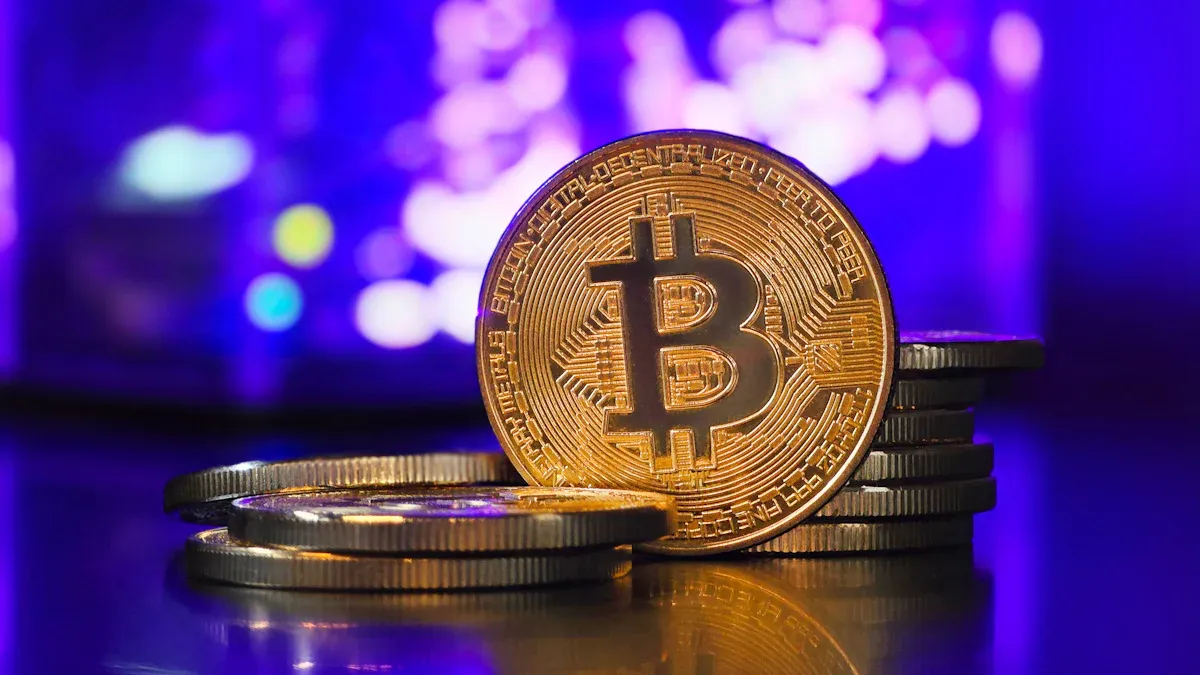
Image Source: unsplash
Beyond optimizing existing paths, a more disruptive technology is reshaping the future of payments: blockchain and distributed ledger technology (DLT). It does not simply optimize processes but fundamentally changes the way value is transferred.
Principle: Peer-to-Peer and Shared Ledger
You can imagine blockchain as a public, transparent, and tamper-proof shared digital ledger. Traditional payments rely on centralized institutions like banks for accounting and verification, while blockchain distributes this ledger to all participants (nodes) in the network.
- Peer-to-Peer Transactions: When you initiate a transaction, it is broadcast to the entire network.
- Shared Verification: Multiple nodes in the network jointly verify the transaction’s validity.
- Secure Accounting: After verification, the transaction is recorded in a new “block” and permanently linked to previous blocks.
This process completely bypasses central intermediaries. Since the ledger is shared and cryptographically protected, all parties can build trust, directly conducting peer-to-peer value transfers, as safe and direct as exchanging cash in person.
Advantages: Exploring Near Real-Time Settlement
Blockchain technology offers the possibility of near real-time global settlement, especially in complex cross-border payment scenarios. It shows huge potential in speed, cost, and transparency.
| Feature | Blockchain Payment System | Traditional Payment Methods |
|---|---|---|
| Intermediaries | Decentralized, peer-to-peer transactions | Rely on banks and clearing houses |
| Transaction Speed | Near real-time, even for cross-border | Hours to days |
| Transparency | Public ledger ensures traceability | Limited, controlled by intermediaries |
| Fees | Significantly reduced | Includes multiple intermediary fees |
Industry Frontier: Exploration by Global Central Banks and Financial Giants
This technology is no longer theoretical. Multiple global financial institutions are actively exploring its applications. For example, J.P. Morgan’s JPM Coin uses blockchain to achieve instant settlement of tokenized deposits for institutional clients. Meanwhile, the “mBridge” project involving central banks from mainland China, Hong Kong, Thailand, UAE, and others has successfully built a multilateral central bank digital currency platform aimed at more efficient, low-cost instant settlements.
Although widespread DLT application still faces regulatory and technical integration challenges, it undoubtedly points the direction for building a more efficient, inclusive global payment network.
Say goodbye to delays, embrace efficiency. The four technologies we discussed form a “combination punch” to solve payment problems:
- Direct connection to local clearing networks
- Intelligent routing
- API automation
- Blockchain technology
Technological progress has made the era of slow and opaque payments a thing of the past. When choosing payment providers, be sure to examine their technical strength. Choosing the right partner can free your valuable energy from tedious financial management, truly focusing on core business growth, accelerating your global business. This is the value modern cross-border payments should deliver.
FAQ
Will these new technologies increase my payment costs?
Quite the opposite. These technologies aim to reduce your total costs. Intelligent routing finds the lowest-fee paths, while direct local networks reduce intermediary bank fees. You will enjoy faster services at lower costs.
How is the security of modern payment methods ensured?
Very secure. Providers use API encryption, multi-factor authentication, and advanced risk monitoring models. All transactions follow strict international data security standards, ensuring your funds and information are safe.
Can small and micro enterprises use these technologies?
Of course. Many modern payment providers focus on serving SMEs. They offer flexible API integration solutions and low-threshold small payment services, helping you easily achieve fast global fund circulation.
How can I start using these efficient payment technologies?
You can start by evaluating your current payment provider. Examine if they apply intelligent routing, API integration, etc. Choosing a technologically leading partner is your first step to optimizing payment efficiency.
*This article is provided for general information purposes and does not constitute legal, tax or other professional advice from BiyaPay or its subsidiaries and its affiliates, and it is not intended as a substitute for obtaining advice from a financial advisor or any other professional.
We make no representations, warranties or warranties, express or implied, as to the accuracy, completeness or timeliness of the contents of this publication.
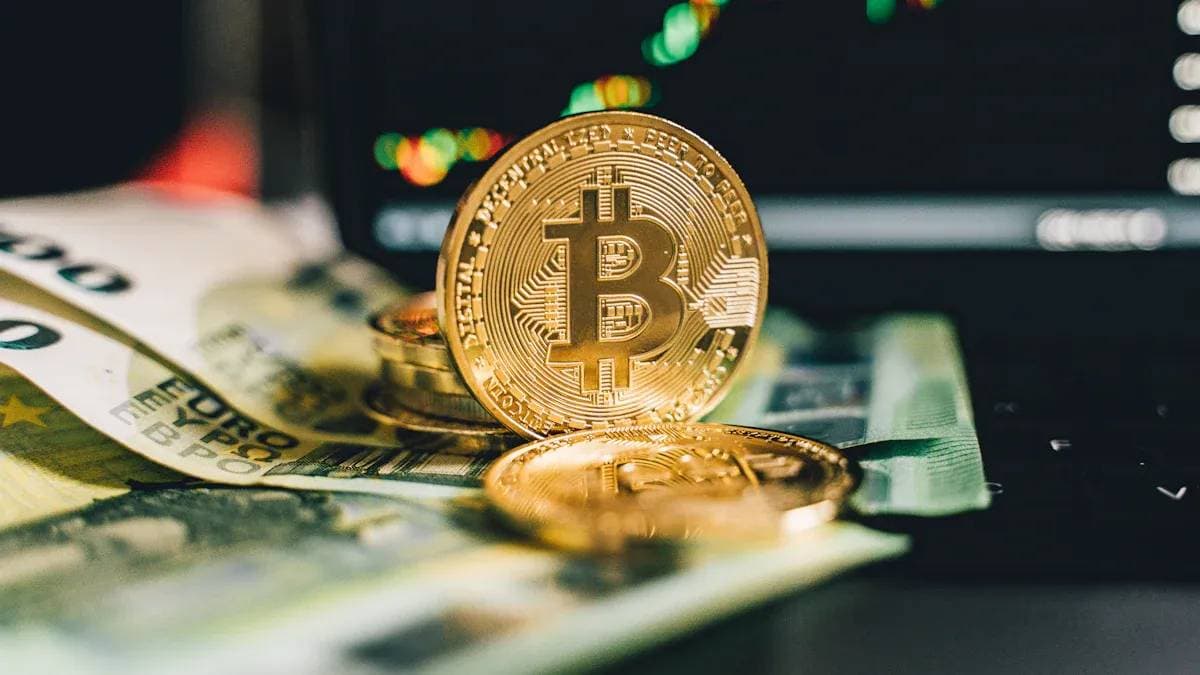
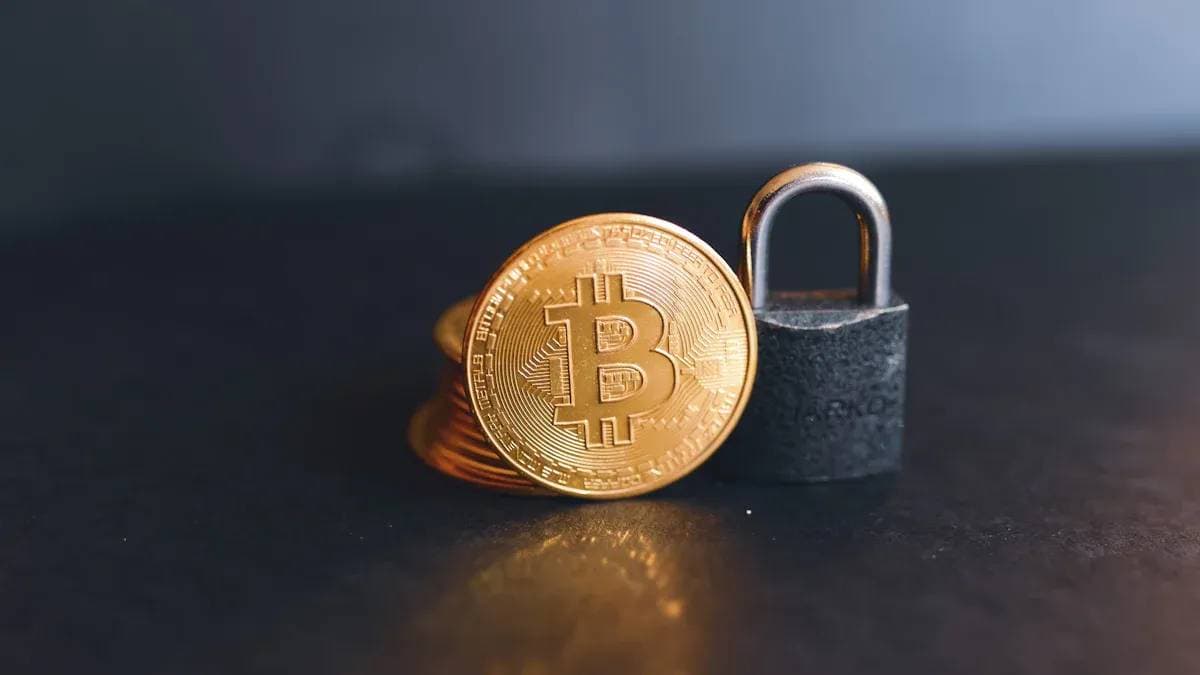

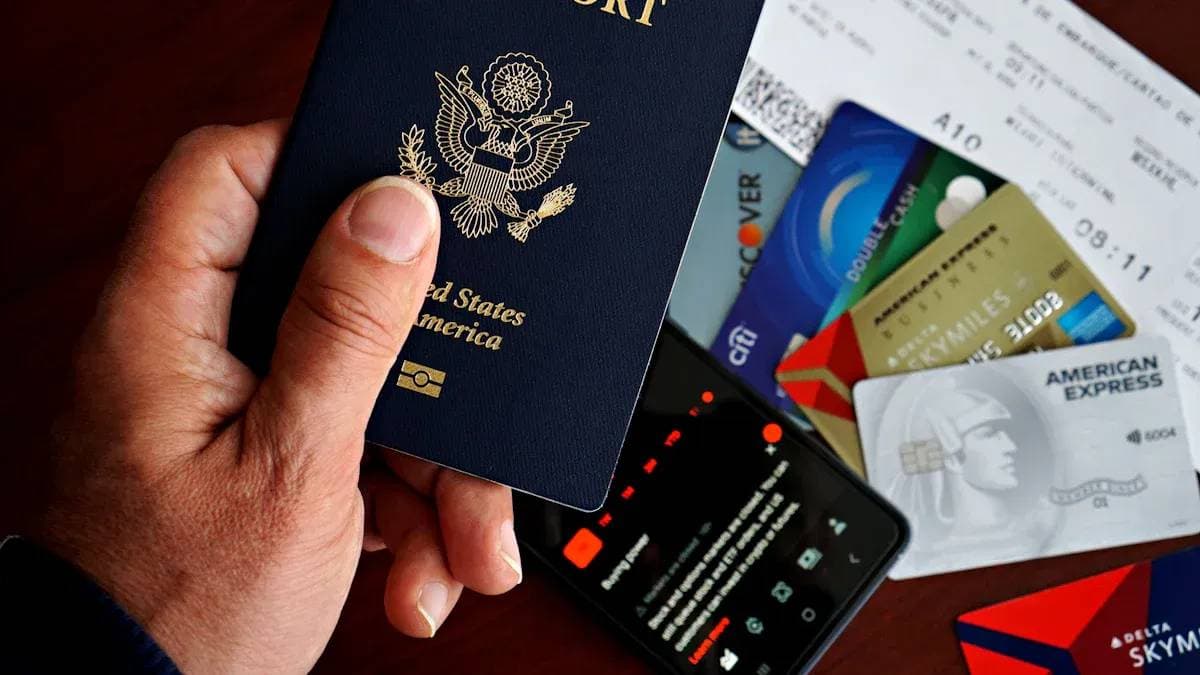
Contact Us
Company and Team
BiyaPay Products
Customer Services
BIYA GLOBAL LLC is a licensed entity registered with the U.S. Securities and Exchange Commission (SEC No.: 802-127417); a certified member of the Financial Industry Regulatory Authority (FINRA) (Central Registration Depository CRD No.: 325027); regulated by the Financial Industry Regulatory Authority (FINRA) and the U.S. Securities and Exchange Commission (SEC).
BIYA GLOBAL LLC is registered with the Financial Crimes Enforcement Network (FinCEN), an agency under the U.S. Department of the Treasury, as a Money Services Business (MSB), with registration number 31000218637349, and regulated by the Financial Crimes Enforcement Network (FinCEN).
BIYA GLOBAL LIMITED is a registered Financial Service Provider (FSP) in New Zealand, with registration number FSP1007221, and is also a registered member of the Financial Services Complaints Limited (FSCL), an independent dispute resolution scheme in New Zealand.



















